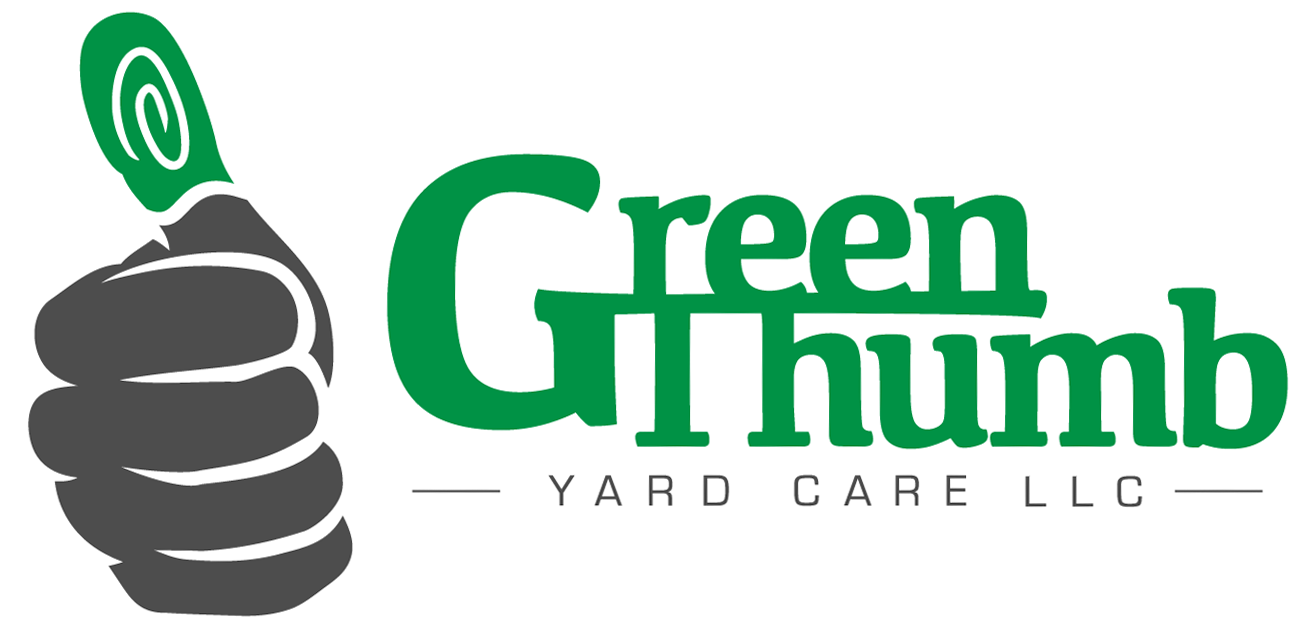Try Overseeding this Fall to get a Thicker Lawn
What is overseeding
Overseeding starts with an already established lawn. It doesn’t have to be particularly nice or thick, but you need to have something other than bare dirt.
You are going to thin the lawn out using one of the various techniques mentioned further along in this post. Think of this process as “pruning” your lawn.
After you have creates space for the new seed, use a broadcast spreader to spread seed over the entire lawn. The new seeds will germinate and grow into a dense lawn
Thinning out your lawn
Thinning out your lawn before overseeding may seem counter-intuitive. Here’s why it is critical! In order for grass seeds to grow, they have to be in contact with dirt. Sure you can grab a spreader and overseed your lawn without thinning it first, but don’t expect any amazing results. Being a business and overseeding for hire, I would not feel comfortable performing the procedure without thinning the lawn first because it would not be effective. Here’s how you can thin your lawn.
We usually aerate before we overseed. This process also promotes a thicker lawn and is very beneficial for the health of the grass. By removing cores of earth before overseeding, we create holes for the grass seed to fall into. In the hole, the seed will make direct contact with the soil and germinate shortly after.
You can also de-thatch or power rake your lawn. A power rake can be rented from most home improvement stores. This procedure is beneficial if there are years of thatch build up between your lawn and the soil. A de-thatcher will pull that old thatch layer to the surface. After that, you can collect the debris and overseed the exposed soil beneath.
If you are in an area where you cannot access an aerator or a de-thatcher, then you can use tools that are probably already in your shed! A normal leaf rake will thin your lawn and expose fresh dirt. All you have to do is vigorously rake your lawn and collect the grass blades that surface afterward. Once you’re finished, use a spreader to overseed.
How much seed
When overseeding, you have to remember that you are treating an area that is already populated with turf. Typically when establishing a lawn you want to apply 2000 seed per square foot. When overseeding, we cut this number in half and have seen excellent results. For most cool-season grasses, this will translate to about 4 pounds of pure seed per 1000 sq ft. Make sure that you have PURE SEED. Some brands like Scotts turf starter include inert matter like mulch and fertilizer in their seed mixes. If this is the case, then you will need even more product to complete your overseeding.
How to overseed
After you have exposed fresh soil in your lawn and measured out how much seed you need to apply, you are finally ready to overseed! You are going to need a lawn spreader. Some brands of grass seed will tell you which spreader settings to use. If you cannot find this information, just set your spreader and adjust during the overseeding so that all of the seed is gone at the end of the task.
When we overseed, we make a trim pass. This is one pass around the circumference of the lawn.
After the trim pass, we will make passes parallel to each other across the whole lawn. Then, we will make more passes perpendicular to the previous passes. This creates a checkerboard pattern. This method makes sure that the seed is spread evenly and no spots are missed.
After Overseeding
Now that you have finished overseeding, there are a few steps you have to follow for the best results.
First, make sure that the seeds get an adequate amount of water. The water will push the seeds further into the soil, increasing your germination rate. Also, water is essential for young grass since they do not have an established root system. 10 – 15 minutes under a sprinkler each day for about 2-3 weeks should do the trick. Then, wean the grass off of the water.
Second, avoid walking on the grass or mowing it for as long as possible. This is another reason why overseeding in the Fall is beneficial. If you overseed around the beginning of October, you can usually get away without mowing your lawn until next spring. This gives the new grass plenty of time to get established!
Those are the only instructions for achieving the best results after overseeding.
